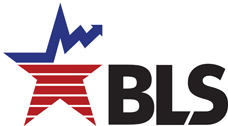- Apr 17, 2009
- 112,950
- 38,428
Go back and reread my postReally? Then when exactly do you lie and say they started to rise? Make it a better lie than you have provided up to this point.
I said prices fell during the close-downs. It had nothing to do with the president and everything to do with a massive drop in travel and consumer spending. What we are seeing now sucks because we got spoiled by the low pump prices but probably more closely aligns with what has been the norm for a while.
